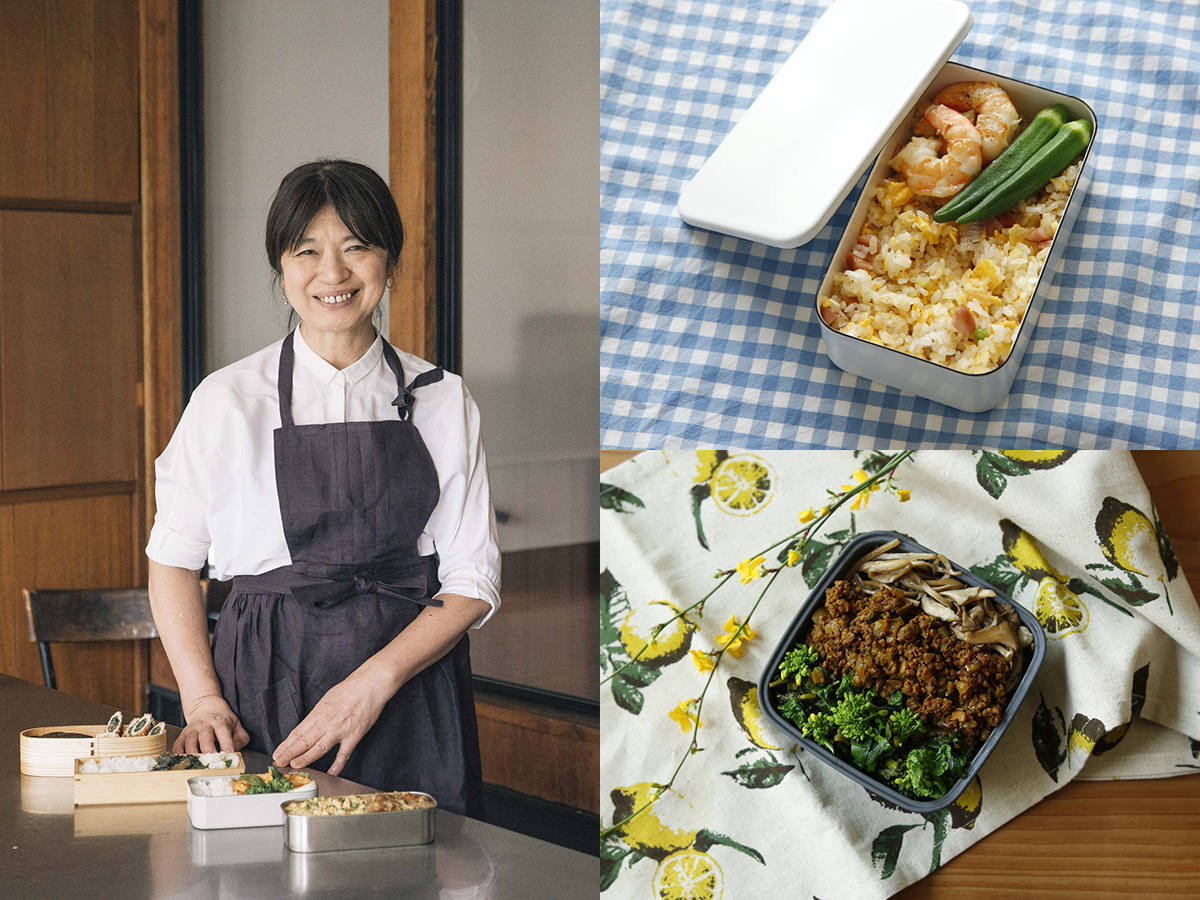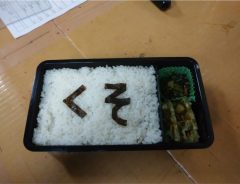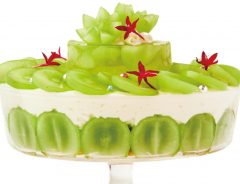
Source: © PR Times, Inc.
Is Japan’s Instagenic Honeymoon Over? Plain “Jimi-Ben” Lunches May Indicate A Shift
- Source:
- © PR Times, Inc.
- Tags:
- bento / boxed lunch / Charaben / IG / Instabae / Instagenic / Instagrammable / Jimiben / Jimimeshi / Trend
Related Article
-

We Could Learn A Thing Or Two From The History Of Kawaii Photo Poses Invented By Japanese Girls
-

Instagrammers Breaking Off Branches For Selfies Could Kill Beloved Cherry Trees
-

Husband Gets a Bento Surprise After Fighting with Wife
-

Wife gets revenge on husband after fight by making bento lunch with a hidden surprise
-

A new #instagood café in Shinjuku! Enjoy café time, bar time and DJ time!
-

Is Bubble Tea On Its Way Out Or Will It Take Root in Japan? New Survey Offers Clues


Japan's Insta-Bae Obsession
Following global trends, Instagram has become hugely popular in Japan, with shops bending over backwards to serve up the most photogenic sweets and drinks, and venues getting creative to provide photogenic backdrops. It seems like every meal is an opportunity for a snapshot to be shared. The trend reached a peak in 2017, as instabae インスタ映え, a combination of Instagram and 映え, meaning "photogenic," became the buzzword of the year.
Fast&slow | © PIXTA
However, in 2018, some Japanese food-related media sites and blogs were already talking about Instagram fatigue, and the term jimi 地味, meaning "plain," came to the fore. An article in travel media site Tabizine in January 2018, for example, mentioned jimi-meshi 地味メシ or "plain food," as a counter-reaction to Insta-bae, with a growing number of posts using the hashtag for food that was not necessarily photogenic but tasty and satisfying.
Bento Lunches: From Bae-Ben to Jimi-Ben
This shift in priorities, valuing quality and taste and de-prioritizing an obsession with appearances, has also had an impact in Japanese attitudes towards home-made meals, specifically when it comes to bento box lunches. As we've reported before, bento box lunches decorated with the likeness of popular anime, game or film characters, or kyara-ben キャラ弁 ("character bento"), have been popular for many years. The Instagram boom encouraged even more competition among bento creators to show off their handiwork, whether character-based or simply beautifully decorated, giving rise to the term bae-ben 映え弁 to describe the Instagenic bento masterpieces such as the one below by kinakobun.bento:
However, while they are surely appreciated by children (or subscribers on social media) and potentially offer a creative outlet for those who make them, photogenic box lunches require a lot of time and energy, and in some cases, can have negative effects such as an obsessive preoccupation with popularity or competition among children at school, etc. For such reasons, bento makers are recently discovering (re-discovering?) the virtues of jimi-ben 地味弁, or "plain bento," a term describing bento lunches which are delicious and satisfying and NOT made to be photogenic.
Introducing Jimiben.com
On May 16th, Japan's National Federation of Agricultural Co-operative Associations, or Zennnō for short, launched a site called Jimiben.com 地味弁.com, designed to promote this approach.
The copy posted on the top page sums it up quite nicely:
"Unconcerned with appearances. Pursuing tastiness over glamour. Bento you don't need to work hard on. That's Jimi-Ben."
© PR Times, Inc.
For its opening lineup, the site has a selection of 40 recipes matching the following criteria:
(In case you're wondering about the first criterion, the site is sponsored by Zennnō's "Japanese rice consumption promotion project")
Let's take a look at a sample of these recipes, which indeed do look delicious and easy to make:
© PR Times, Inc.
"Easy amakara (sweet and savory) bento which brings out the natural flavor of rice" with pork, lotus root and komatsuna mustard spinach (by Noriko Shirai)
© PR Times, Inc.
"One-pan easy-fry bento" fried rice with shrimp and okra (by Tamae Takuma)
© PR Times, Inc.
"Stripes of Spring Keema curry bento" with maitake mushrooms, bamboo shoots and nanohana canola greens (by Yukiya Terai)
© PR Times, Inc.
"My heavy rotation! Miso-cheese tsukune chicken meatballs" with sugar pea vines and pickled ginger (by Hanako Tsurezure)
Chef, food writer and and owner of bento shop Chioben Chiyo Yamamoto is the site's guest celebrity chef for May.
© PR Times, Inc.
If you'd like to see more recipes, please visit the Jimiben.com website. (Japanese only)